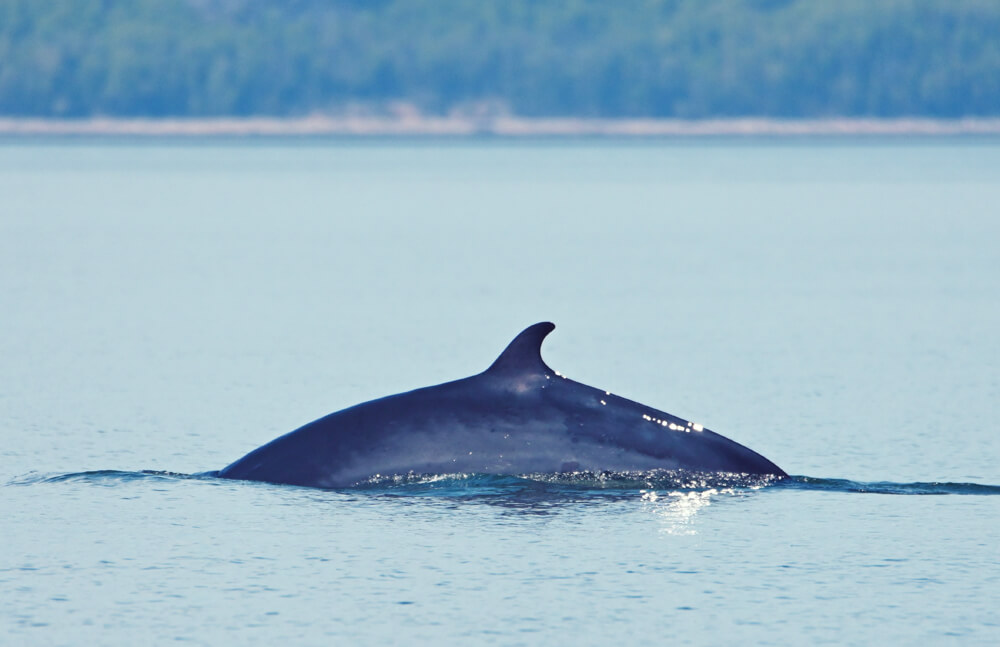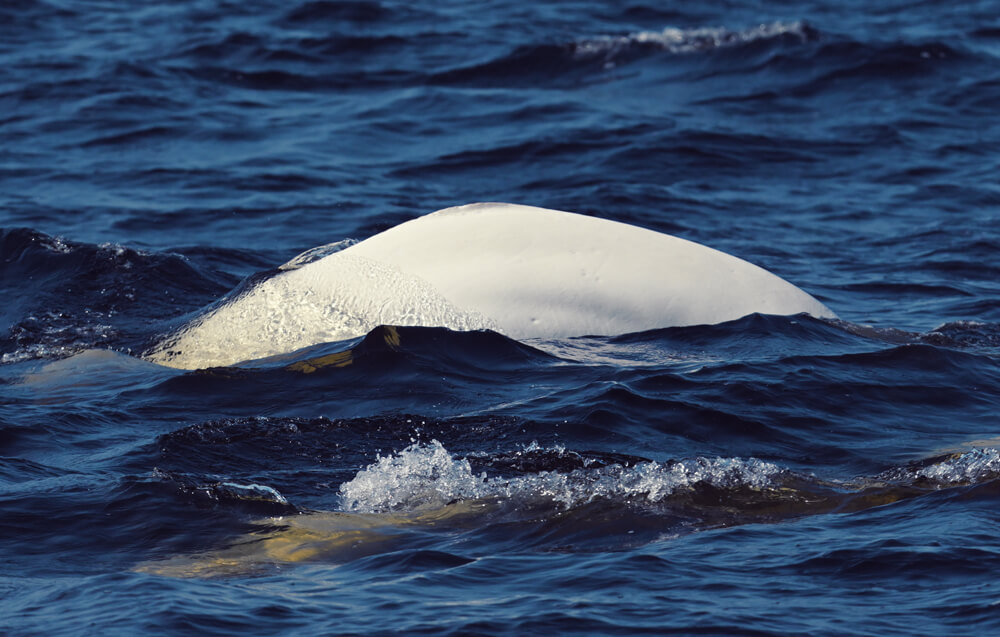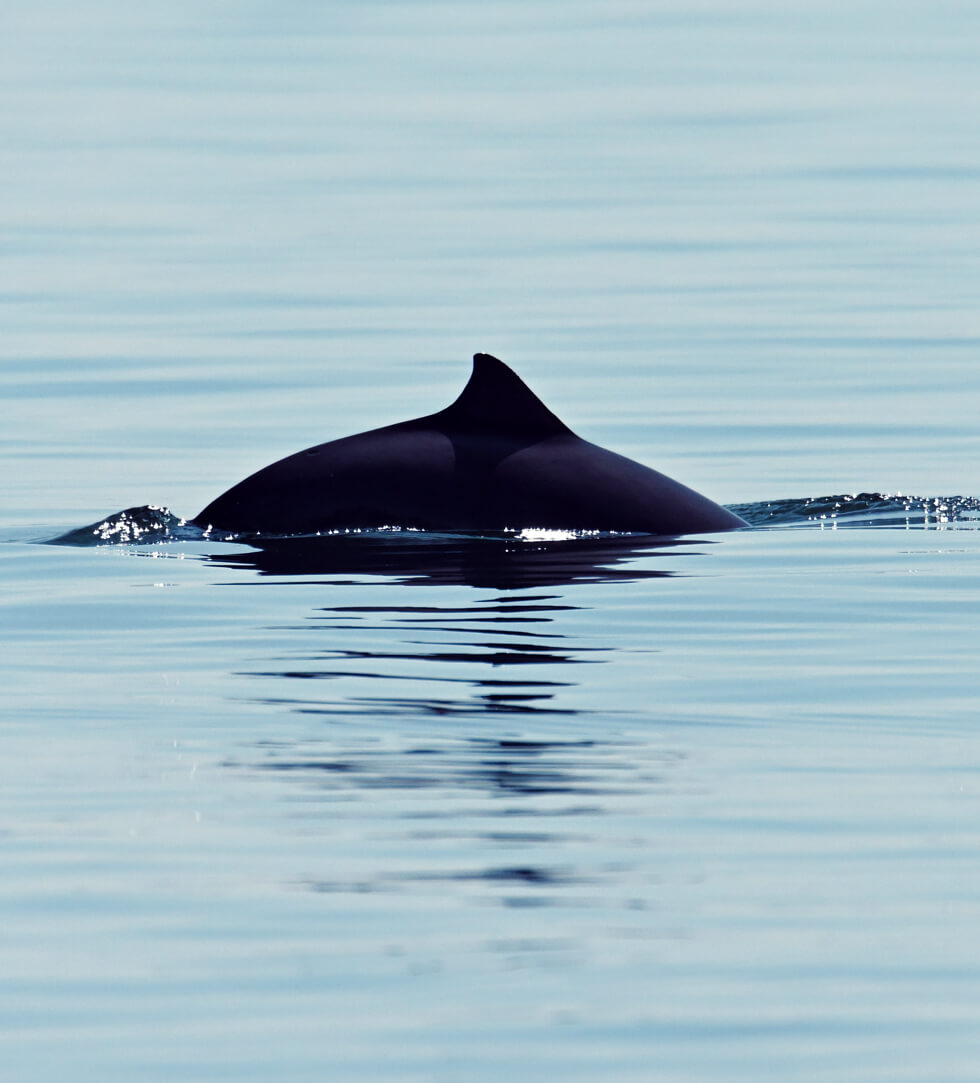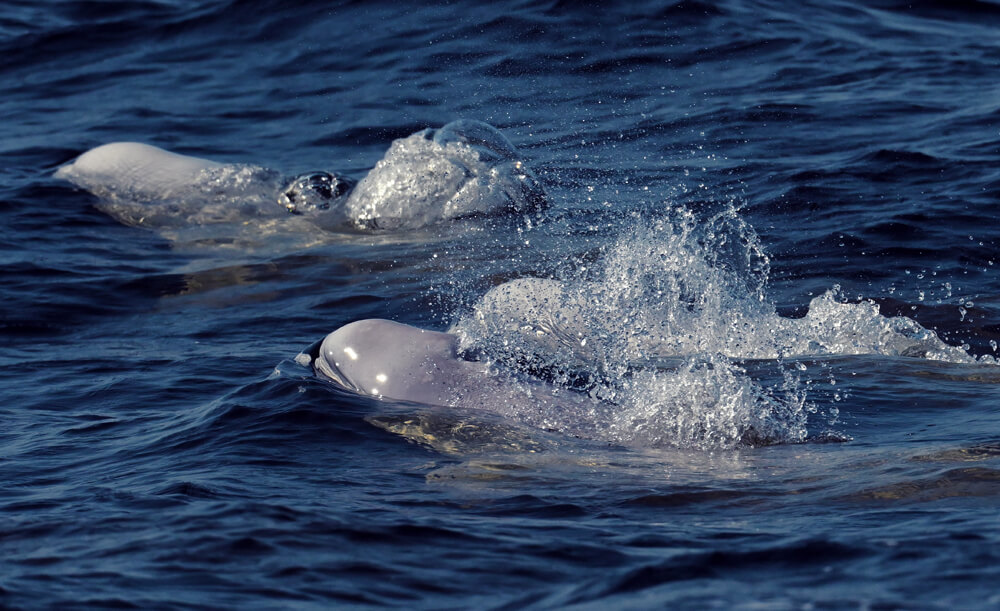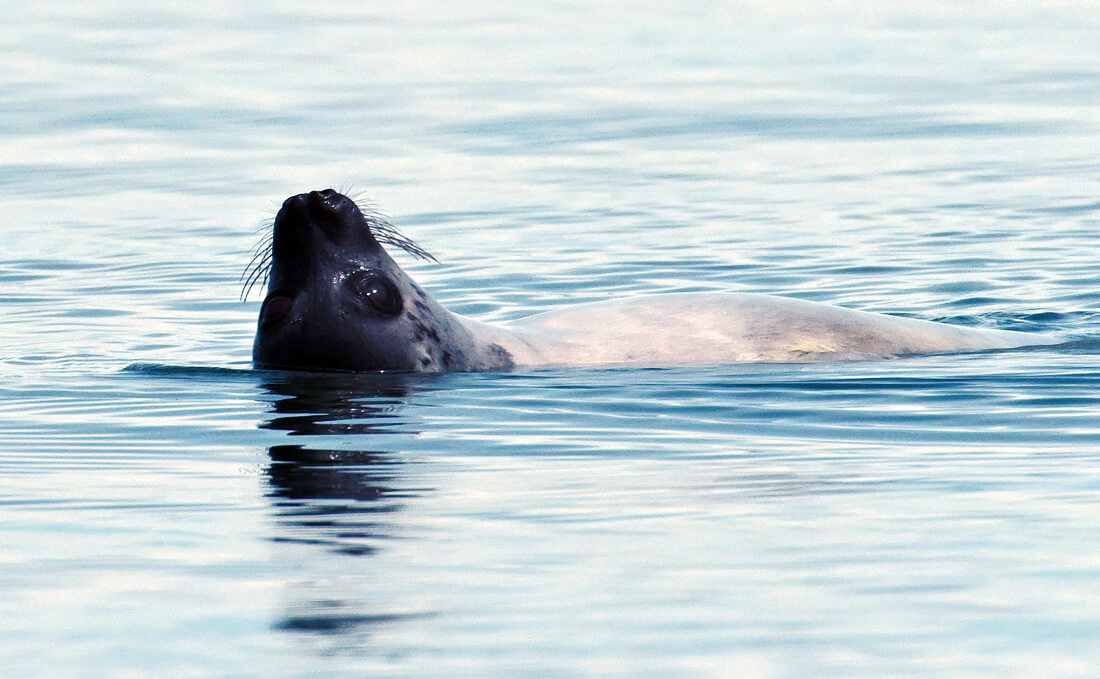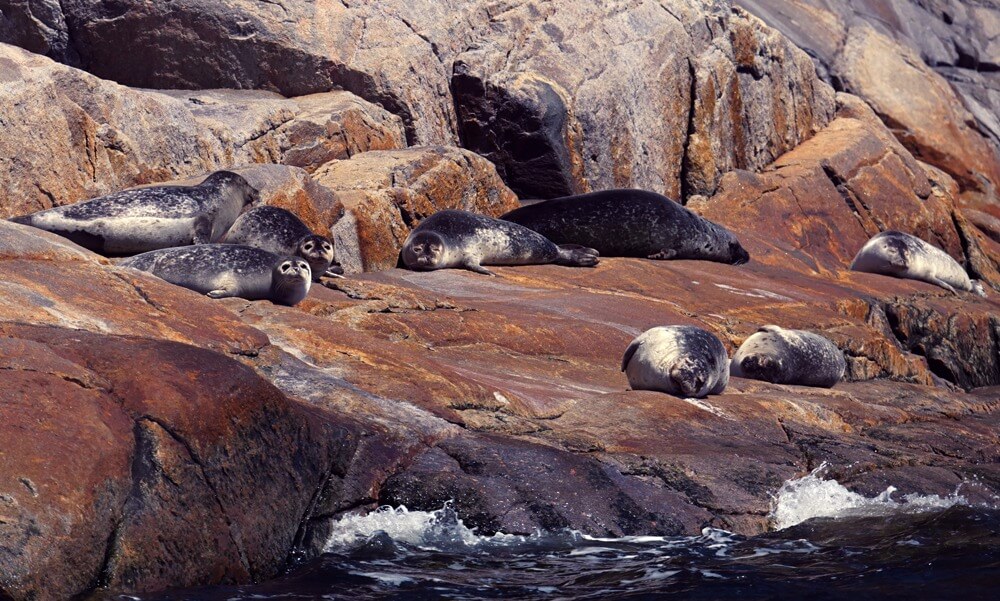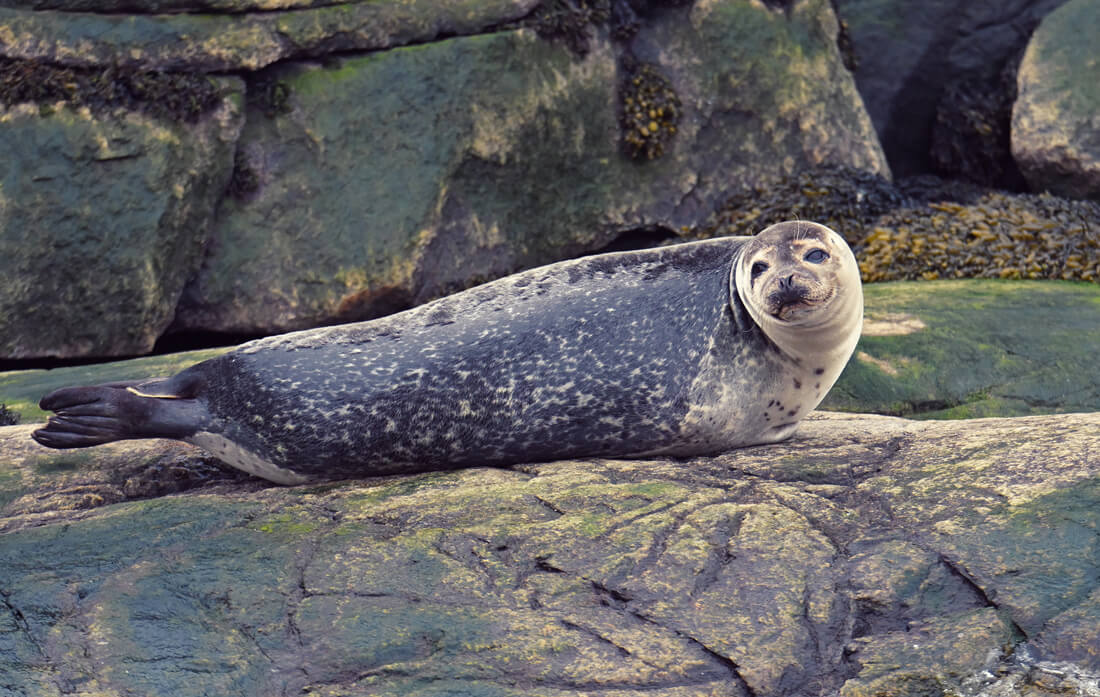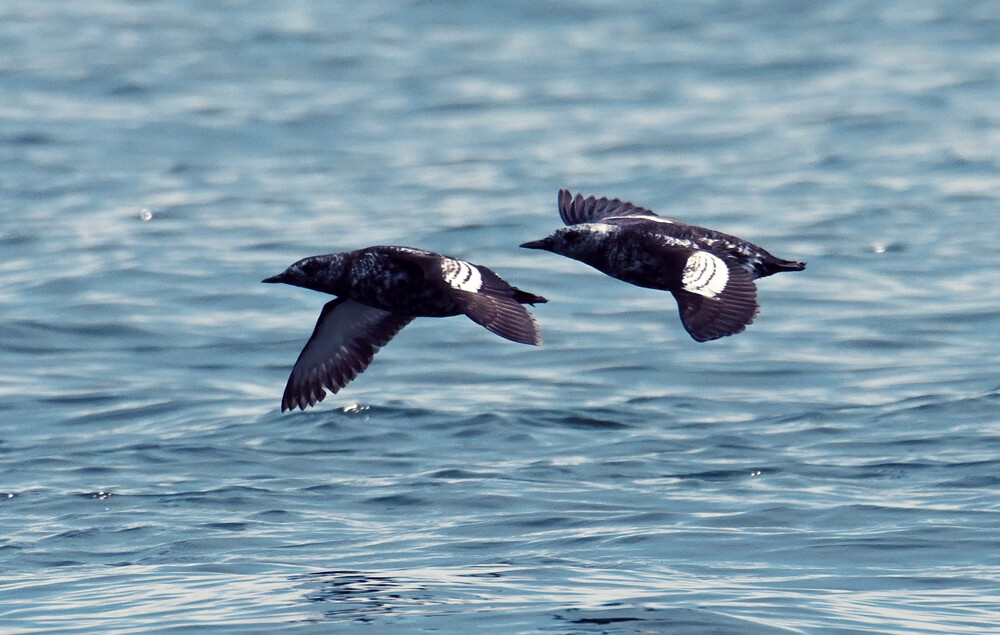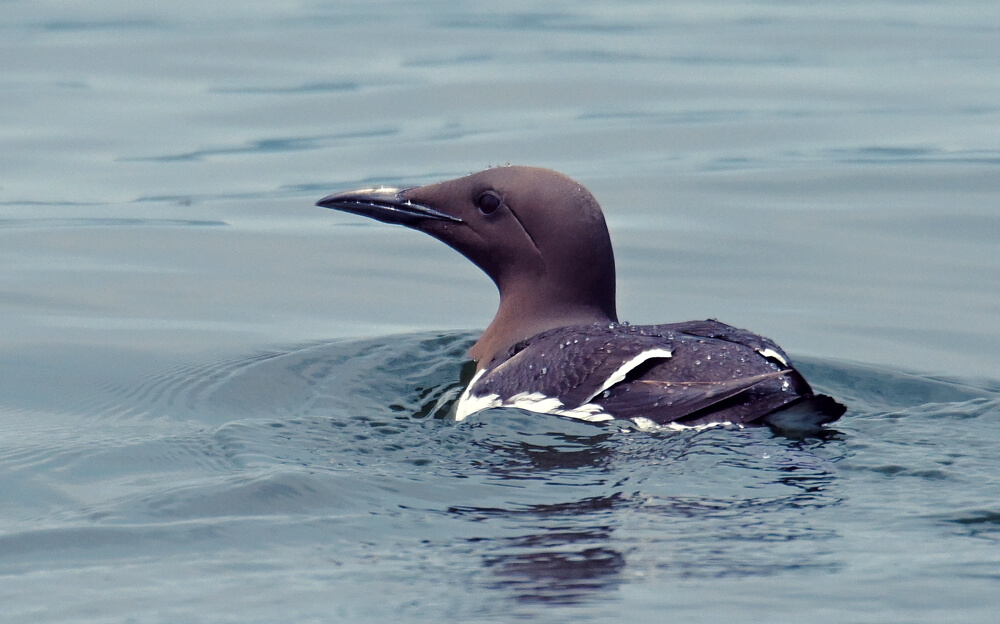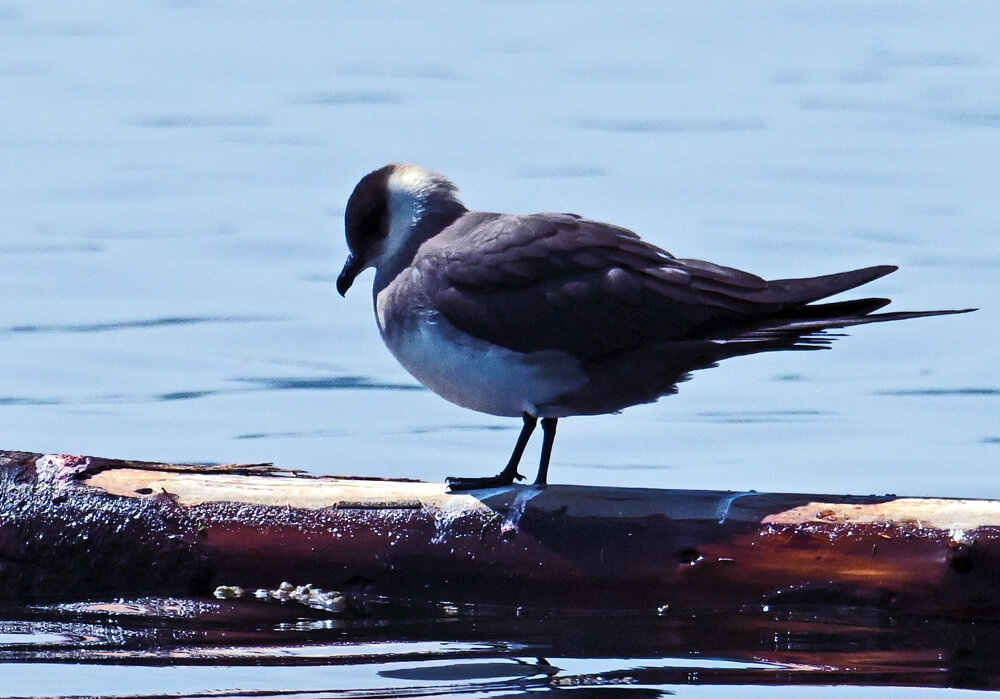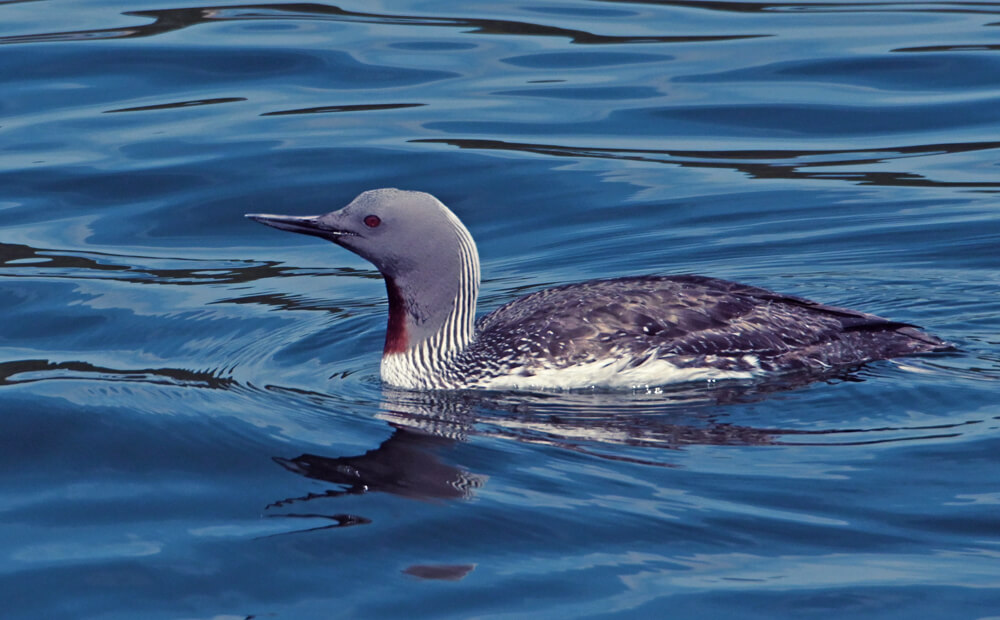I like it when these field notes are representative of our daily observations on the water. It goes without saying that when marine mammals are numerous in our area (between Tadoussac and Les Escoumins) and the great whales are active and easy to observe, it’s a pleasure to describe these precious moments.
But it is equally important to chronicle our days when whales are few in number, scattered and difficult to find. Ever since the fin whale Bp920 and the famous humpback Tic Tac Toe were sighted, it’s been very calm off the coasts of our villages…
Large whales are absent for the time being. Minke whales are scarce and sometimes we can go several days without encountering any. A few groups of harbour porpoises can be seen here and there. Obviously, belugas, which never leave the St. Lawrence and their favourite stomping grounds, are also present and can be observed from afar.
Grey seals are still very few in number. A few harp seals are still gracing us with their presence. In a few days they will be heading north. Evidently there are harbour seals, which, like belugas, reside here year-round, that can be seen in the fjord and the mouth of the Saguenay, often resting on the rocks in resting or “drying” mode.
But let’s be honest, in more than 20 years on the water, I don’t think I’ve ever experienced such a quiet start to the season when it comes to minke whales and larger cetaceans. Perhaps the humpbacks and fin whales are still migrating and will arrive soon, but by this time of the year we have usually already observed multiple representatives of these two species (especially fin whales).
But what’s beginning to worry cruise passengers is the scarcity of minke whales in the area.
Is there a lack of food here? Abundant food resources elsewhere along their path? Disturbing changes in the St. Lawrence? Climate change? Time will certainly tell. And I hope that the next few days and weeks will ease our anxiety.
Even in terms of seabirds, this spring has been atypical: low numbers of Bonaparte’s gulls and especially migratory terns (arctic and common) compared to previous years, while one species that is usually somewhat harder to find here has shown a strong and unexpected presence: the red-throated loon. These loons have been everywhere in the Lower Estuary this season! A bit like razorbills and common murres, which have never been so omnipresent here. On the other hand, black guillemots are less numerous.
In short, yes, it’s been a very remarkable spring. Should we be worried about our great river? Once again, time will tell (and probably sooner than later).



